One lesson I have learned from decades of practicing moderation in diet, is that extreme food behaviors/habits are difficult, if not impossible, to maintain (unless one is dealing with Celiac, Crohns, or some other bowel disease). Diets of this type do not teach how to change eating habits on a global, sustainable manner, nor do they address how to deal with very real issues like cravings.
So last October when the IARC (International Agency for Research on Cancer) came down “against” the consumption of red meats, more specifically the smoked and cured variety, I presented to you meal plan changes I was attempting to adopt. Today, I just want to update you on how that’s been going.
The biggest challenge for me has been to REMEMBER to have the substitutes on hand, and then to add them during meal prep. For instance, when I make turkey burgers, I used to aim for about 5 oz of meat per patty, meaning I could get 4 patties per 20 oz. package. Now, I buy a 1 lb. package, which means I must reduce each patty to 4 oz to get 4. But if you’ve ever made burgers, this makes a pretty skimpy patty. So, the goal is to make up that missing 1 ounce with something else, and my favorite choice thus far: white beans! But finely chopped green peppers and carrots work too.
Edamame also makes a great filler, and may be a better texture for some who don’t like the “stickiness” of mashed beans. And then there’s the host of meat substitutes of the soy variety, like these meatless meatballs in the picture that I recently tried. I have also mixed these meatless meatballs in with meat-full meatballs, for instance...what I did Tuesday night in fact.
Where I am headed is to consistently have 1 meatless dinner a week. I am doing this for two personal reasons: there's growing evidence that plant-based diets are healthier, and red meat processing is highly destructive to the environment. So I’ll check back with you in a few months’ time with another progress report!

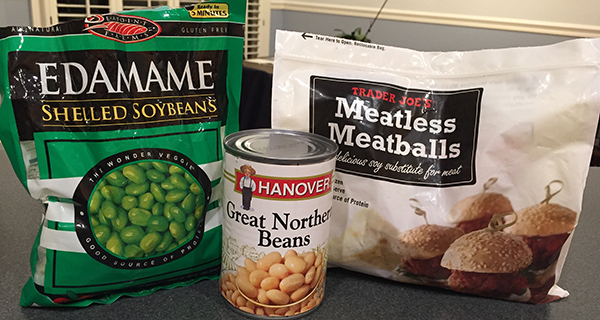
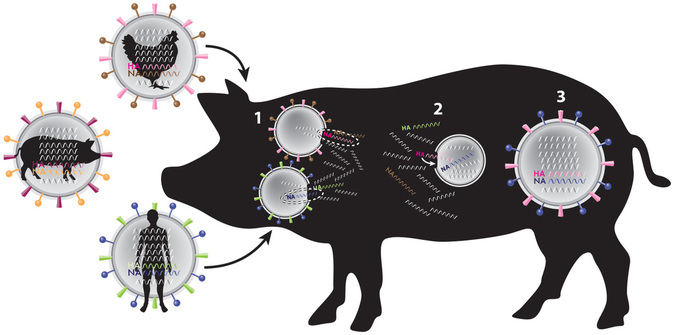
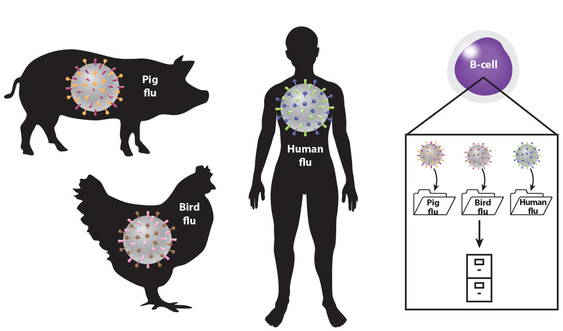
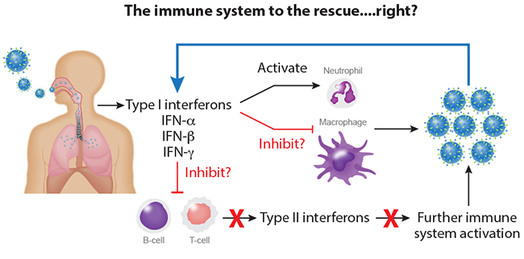
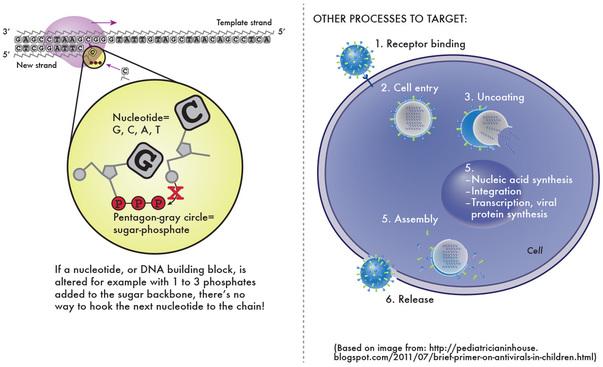
 RSS Feed
RSS Feed
